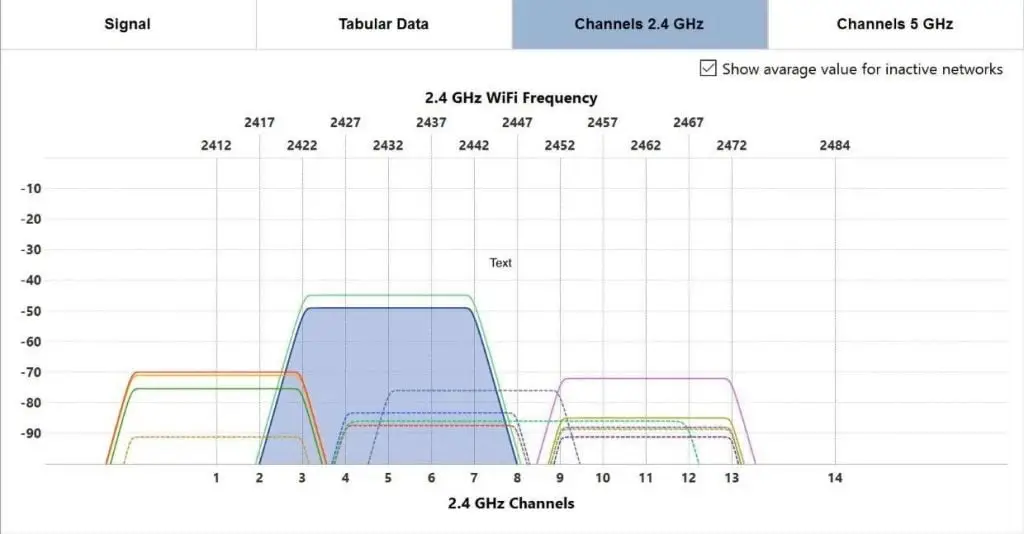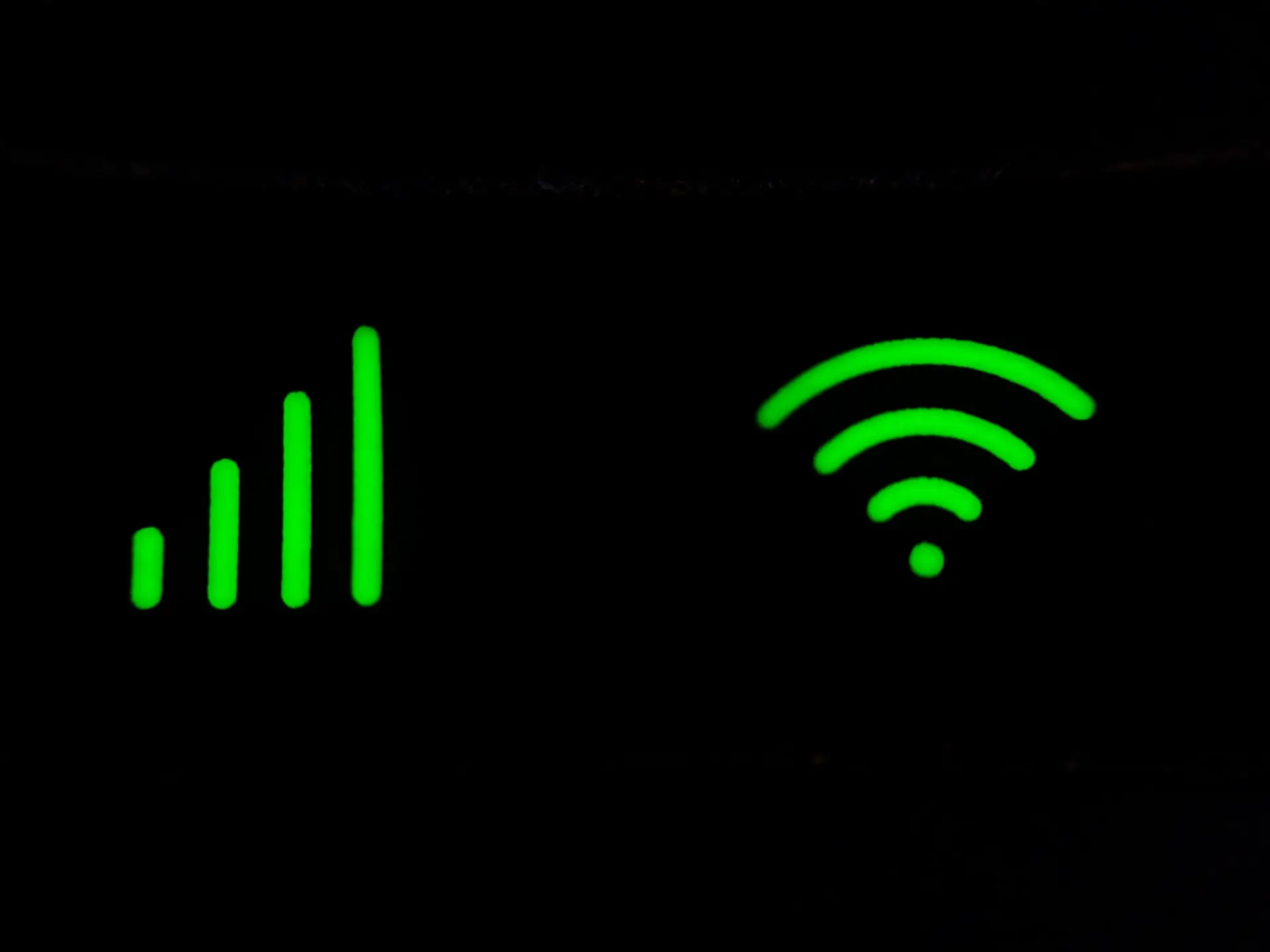RSSI TL;DR Takeaways
- RSSI, or Received Signal Strength Indicator, is a measure of the power level of signals received by a wireless device. It indicates the strength of the signal and is expressed in dBm.
- Good RSSI values range from around -50 dBm, indicating a strong signal, to -70 dBm for a moderate signal. Lower RSSI values signify a weaker signal, while values around -80 dBm represent the minimum acceptable signal for connection.
- Measuring RSSI involves packet reception tests and considering the Link Quality Indicator (LQI). However, RSSI alone does not provide a complete picture of signal quality, and other factors like signal-to-noise ratio (SNR) should also be considered.
One key metric that helps us understand the strength of a received signal is the RSSI or Received Signal Strength Indicator.
In this article, we will delve into this concept, explore what constitutes a good or bad signal strength, and learn how to measure the received signal strength effectively.
So, let’s embark on this journey of understanding the Received Signal Strength Indicator and its significance in assessing wireless network performance in 2023.
What is RSSI or the Receiver Signal Strength Indicator?
The Received Signal Strength Indicator, abbreviated as RSSI, is a reference scale used to measure the power level of signals received by a wireless device, such as in WiFi or mobile networks.
Expressed in dBm (decibels relative to a milliwatt), the Received Signal Strength Indicator represents the intensity of the received signal after accounting for any losses in the antenna or cable.
Think of it as a numerical measure of the signal’s strength, where higher values indicate a stronger signal.
Although RSSI and dBm are different units of measurement, they both convey the intensity of the signal.
While dBm is an absolute power ratio, RSSI is a relative indicator.
What is a Good and Bad RSSI Signal Strength / Value?
Determining what constitutes a good or bad RSSI signal strength depends on various factors such as the wireless technology being used and the specific environment.
However, generally speaking, a lower value (closer to zero) signifies a stronger signal.

In a typical scale ranging from 0 to -100 dBm, where 0 dBm represents an ideal signal, we can establish some guidelines:
- Strong Signal: values around -50 dBm are considered excellent, indicating a robust and reliable connection.
- Reasonable Signal: values between -50 dBm and -70 dBm indicate a reasonably good signal with stable transfer rates.
- Moderate Signal: values around -70 dBm suggest a medium to low signal strength, which may be prone to issues in adverse weather conditions.
- Minimum Acceptable Signal: values around -80 dBm represent the minimum threshold for establishing a connection, although they may result in occasional drops or communication disruptions.
It’s important to note that these values may vary between different manufacturers and are not completely standardized. However, as a general rule, lower (more negative) values indicate a weaker signal.
How to Measure Received Signal Strength
To measure the received signal strength, RSSI is often obtained through various methods and tools, depending on the specific network setup.
One common approach is through packet reception tests, where the Received Signal Strength Indicator values are measured alongside the received power levels.
Additionally, the Link Quality Indicator (LQI) is another metric that complements in assessing signal quality.
LQI provides useful information by considering the number of received and lost packets.
However, it’s worth noting that packet loss can be mitigated through packet retransmission techniques.
To evaluate latency, which refers to the delay in transmitting data between nodes, one can measure the time it takes for packets to travel between the nodes within the network.

It’s important to remember that RSSI alone does not provide a complete measure of signal quality, as it focuses solely on the received signal’s strength.
Assessing the overall signal quality requires considering other factors, such as the signal-to-noise ratio (SNR), which represents the difference between the signal and the background noise.
Additional FAQs:
- Q1. Can RSSI be used to determine the data transfer speed?
A1. While it provides an indication of signal strength, it is not directly correlated to data transfer speed. Other factors, such as network congestion, interference, and hardware capabilities, also influence the transfer speed.
- Q2. Does a high RSSI always guarantee a stable connection?
A2. Although a high RSSI generally indicates a strong signal, other factors such as interference or network congestion can still impact the stability of the connection. It’s important to consider additional metrics and perform thorough network assessments.
Conclusion
By understanding RSSI and its relationship with signal quality, users can make informed decisions regarding network optimization, channel planning, and troubleshooting.
Remember that RSSI values are relative and can vary depending on the wireless technology and environment.
When we combine RSSI measurements with other metrics like SNR, we can gain a more comprehensive understanding of signal quality.

